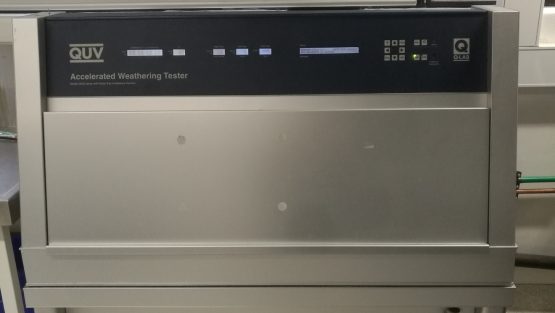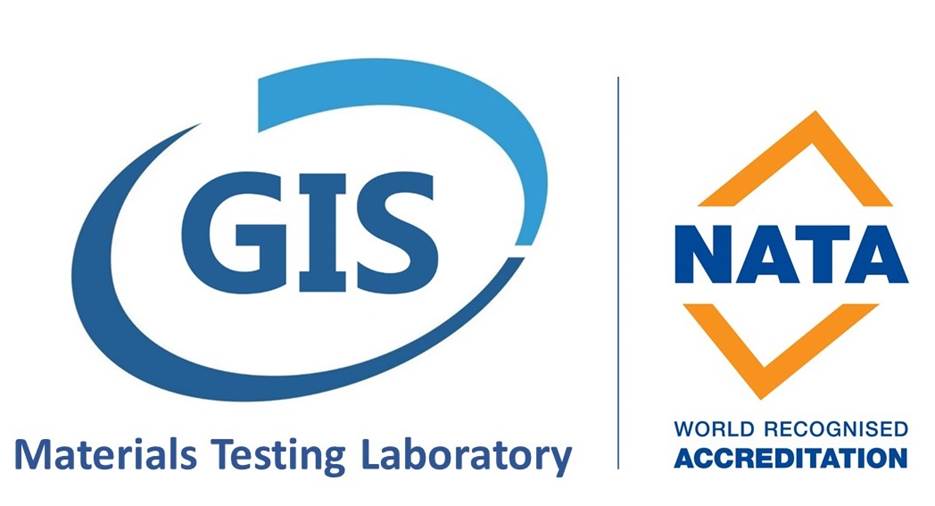Accelerated weathering testing simulates the long-term effects of common outdoor conditions like UV radiation, moisture, humidity, wind, sand, and dust. We conduct accelerated weathering testing per the standard protocols under laboratory conditions to assess the durability of products in their lifetime.
Accelerated weathering testing simulates the long-term effects of common outdoor elements like UV radiation, moisture, humidity, wind, sand, and dust. Materials and products like paints, coatings, automobile components degrade due to continuous exposure to the natural elements. Degradation can be in the form of corrosion, discoloration, chipping, cracking, hazing or other appearance, material deterioration, or performance issues. Environmental test chambers are utilized to accelerate the environmental effects and provide results within weeks or months by simulating a rapid weathering process. UV exposure testing is the most commonly used methodology to test for light damage or degradation. Carbon arc systems are used to simulate high-level UV exposures, and xenon arc weathering systems are used to simulate the effects of prolonged exposure to UV, visible and infrared radiations and measure the mechanical, optical and electrical properties when exposed to light and heat. Other accelerated weathering testing methods include humidity, sand and dust, fog (salt spray) testing, moisture testing, corrosion testing.
- MOBILE: 0423 735 578/ PHONE: 03 9748 8983
- ADDRESS: Unit 2, 162-172 Old Geelong Rd, Hoppers Crossing, VIC 3029
- Email: lab@gisteks.com
Accelarated Wheathering Testing
Accelerated Weathering Testing

QUV Accelerated Weathering Tester
Product Testing Services
• UV testing
• Xenon arc test
• Corrosion testing
• Sand and dust testing
• Humidity testing
• Thermal Shock testing
• Temperature and humidity testing
• Temperature variation testing
• Salt spray testing (fog)
• ASTM, ISO, AS standard testing methods
Accelerated Weathering Testing Industries
• Paints and Coatings
• Plastics and Polymers
• Elastomers
• Construction Materials
• Piping Industry
• Composites
• Automotive Components and Materials
• Original Equipment Manufacturers (OEMs)
• Oil and Gas
• Defence
Accelerated Weathering Testing”
Accelerated Weathering Testing Products
- Plastic film
- Agricultural film
- Geomembranes
- Plastic packaging materials
- Outdoor furniture
- construction materials
- Wood composite materials.
- Cable insulation.
- Synthetic grass
- other outdoor-use items
Related standards
- ASTM G-154 Standard Practice for Operating Fluorescent Light Apparatus for UV Exposure of Non-Metallic Materials
- ASTM D-4329 Standard Practice for Light/Water Exposure of Plastics
- ASTM D-4587 Standard Practice for Light/Water Exposure of Paint
- ISO 4892 Plastics Methods of Exposure to Laboratory Light Sources-Part 3: Fluorescent UV Lamps
